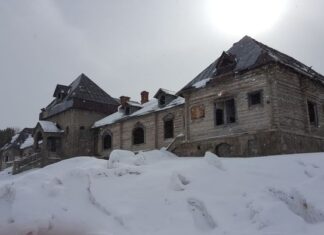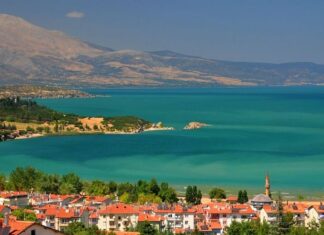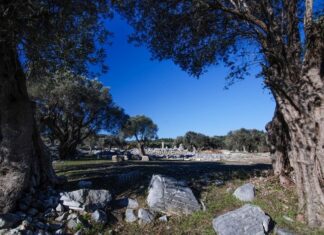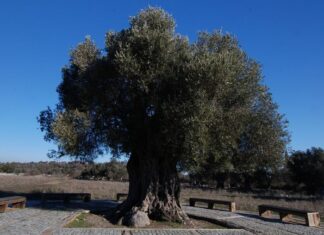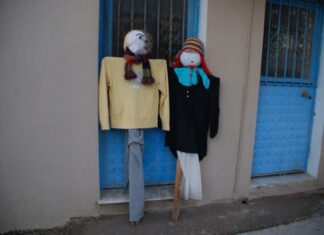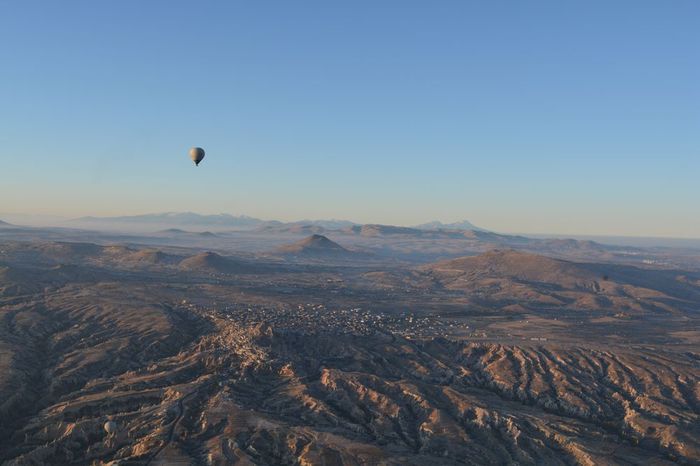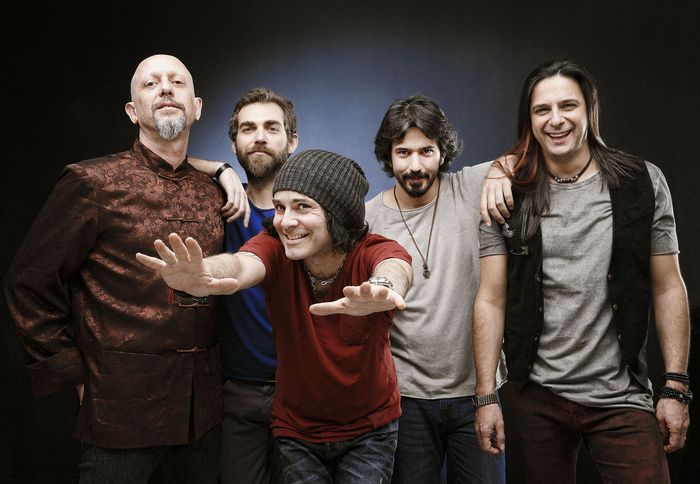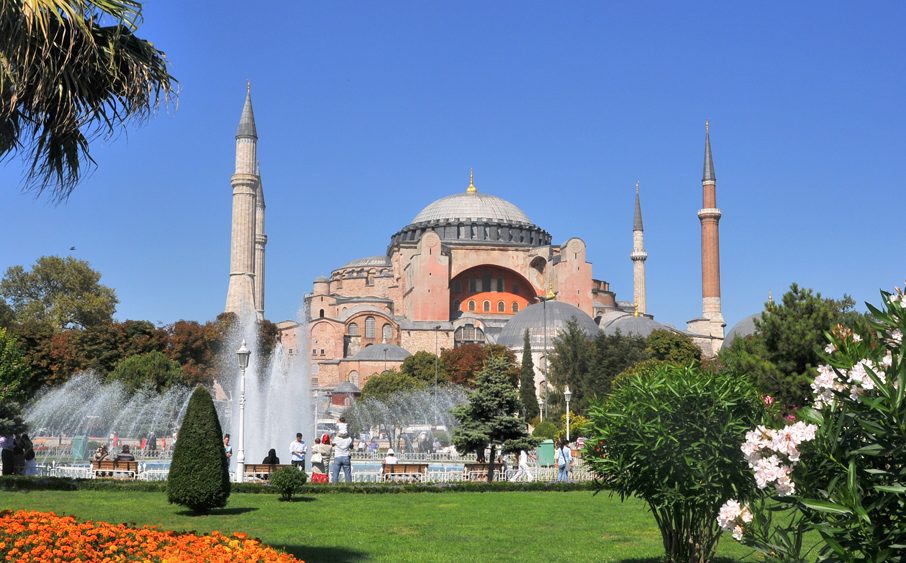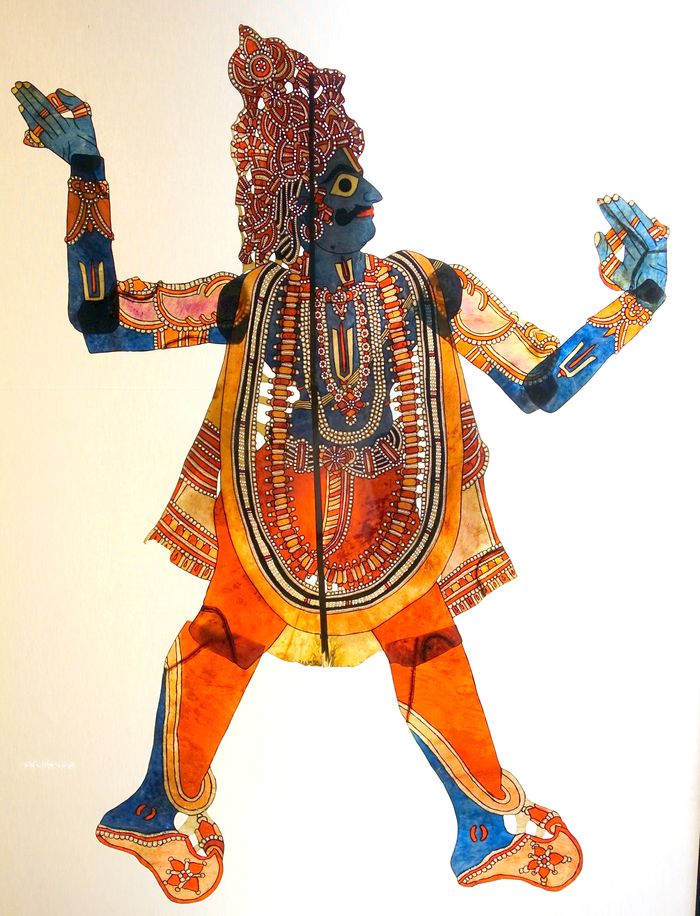Home Blog
Bulgaria and the Bulgarians
Early Observations of the Nation
Forty-three years ago, M. Cyprien Robert wrote about the Bulgarians: “On the confines of Europe, there vegetates, enslaved and forlorn,...
The Broken Serbo-Bulgarian Treaty of 1912
The Limits of Peace for Nations
The history of the broken treaty between Serbia and Bulgaria in 1912 is a clear example of how promises...
The Broken Promises in the Balkans
A Harsh New Rule
The rule of the so-called “deliverers” of Macedonia has often been more oppressive than that of the Turks. Their main purpose...
Entering Serbia from Budapest
About an hour before we crossed the border from Budapest into Serbia, an officer wearing a bright and flashy uniform decorated with scarlet fabric...
A Heated Argument in the Palace
During the tense meeting between the Serbian royal couple and the cabinet ministers, King Alexander suddenly lost his temper. Interrupting the conversation, he shouted...
A Surprise Visit to the Palace
One day, the entire Serbian cabinet, led by Prime Minister Mr. Vuitsch, decided to visit the royal palace at an unusual hour. Their purpose...
Hardworking and Skilled Peasants
Strong, Active, and Intelligent People
Bulgarian peasants are known for being hardworking, clever, and intelligent. Both men and women are usually physically strong and capable...
Artistic Traditions of Bulgarian Peasants
Beautiful Embroidery and Handicrafts
The Bulgarian peasants, especially the women, are very artistic. They are known for their beautiful embroidery work, which they use to...
The Jewish Community in Bulgaria
Historical Background
The Jewish population in Bulgaria is quite large, especially in the cities. Most of them are descendants of Jews expelled from Spain during...
The Gates of the Theodosian Walls
The Theodosian Walls of Constantinople had a total of ten main gates and several smaller entrances called posterns. These openings were essential for the...

